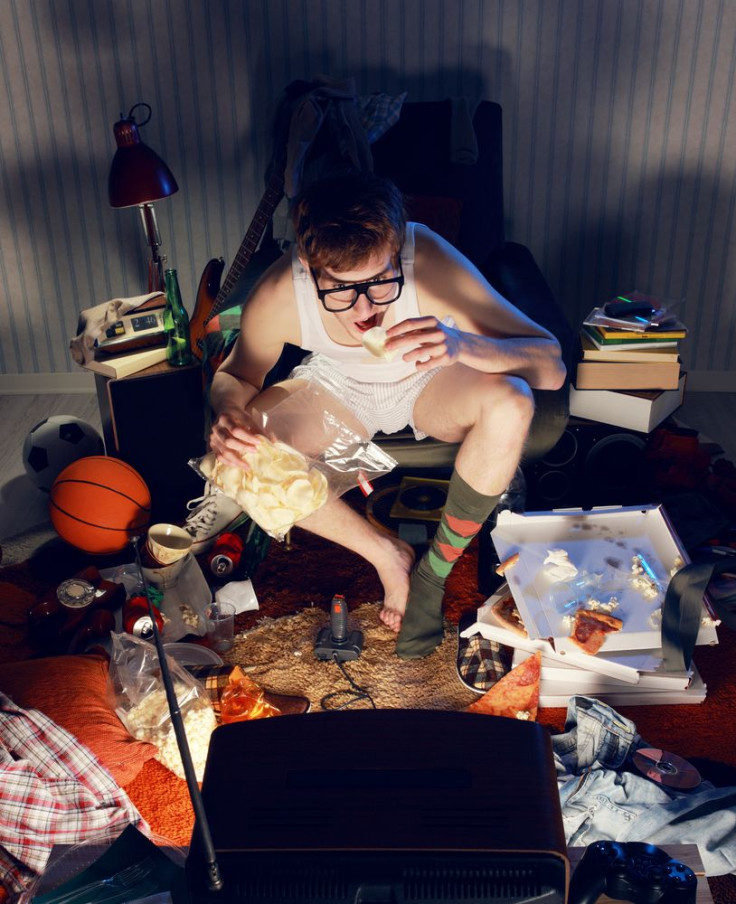Signs Of Teen Hoarding May Be More Difficult To Spot; Here's What To Look For

Symptoms of hoarding may come in different forms and be harder to detect in teenagers than they do in adults, according to research presented at the American Psychiatric Association's annual meeting this week in New York. Hoarding is a psychological disorder characterized by the inability to throw out possessions and is more often diagnosed in older adults, however, researchers now realize it may begin much earlier in life.
People who suffer from a hoarding disorder find it difficult to discard or part from possessions with an abnormal amount of distress connected to even the thought of losing one of their items. It’s an irrational attachment to an item, whether that item bears any value or not is sometimes irrelevant and the seriousness of the disorder ranges from mild to severe, according to the Mayo Clinic.
Researchers at the Karolinska Institutet in Sweden, observed 8,500 Swedish adolescents born between 1994 and 1995, and found that two percent of the population showed systems of hoarding. The new findings came once researchers continued to observe 21 young people who had difficulty parting with possessions, despite their intrinsic or extrinsic value. This notable symptom of hoarding did not translate into their bedrooms, which was bereft of typical cluttering behavior.
"This could be due to a limit in freedom," said Volen Ivanov, a psychologist at the Karolinska Institutet in Sweden.
Freedom allows the compulsive hoarding disorder to flourish. The diagnosis is made once a person has created an outrageously cluttered living environment for themselves, but it usually takes a while to collect enough things to make the disorder apparent. This is why researchers, such as Ivanov, say that teens typically don’t show the usual signs of an older adult hoarder because it takes time to collect their things. Teens may also be unable to keep everything they want because of a parent.
A parent or guardian can place authoritative limits on their hoarding, which an adult wouldn't experience. Their hoarding is suppressed by household rules and they aren’t able to freely buy, collect, and hoard the things they aberrantly desire. But once the teen reaches adulthood or financial freedom, their crave to keep items can be indulged and fed limitlessly.
However, this disorder doesn’t just spur inside anyone. Ivanov says death of a loved one, divorce, eviction, or loss of possessions in a fire could catalyze the disorder at a young age.
"So maybe it takes a little bit of time before life takes its toll on these youngsters," said Ivanov.
Ivanov and his team will continue to observe the group in order to see if a full hoarding disorder develops into their adult lives. According to the Anxiety and Depression Association of America, parents should be on the lookout for the development of early habits such as:
- Compulsive buying
- Acquisition of free items
- Indecision about what to keep or where to put things
- The mental and emotional toll that typically overwhelms the hoarder
A culmination of psychotherapy or discussion therapy, and medications such as antidepressants, are the two main types of treatment approaches. Many individuals are observed to have an indecisive temperament, social isolation, and even a family history of hoarding.
"We know that at least in adults there is a clear genetic component, and there is also an environmental component," Ivanov says. However, he notes, "we don't know that much about this condition."
Published by Medicaldaily.com



























